[Guest Post] Exploring Colonial History through Art
![[Guest Post] Exploring Colonial History through Art](/content/images/size/w960/2023/11/graphite-island-banner.png)
For today's guest post, I'm delighted to introduce the artist Pajamx and their incredibly insightful and timely art projects. Please check out their website where you can learn more about their work and see other art projects! https://www.pajamx.site/
About the artist and the piece:
I am a Filipino artist who grew up in Japan while going to an English-speaking international school. Artistically, drawing was just something I really liked doing from a young age and I wanted to become an animator. My art was influenced by things I found cool at the time, like cartoons and animals. As I grew older, I regularly hung out in online art spaces and it encouraged me to learn digital art and some animation. Going to a Christian school was an interesting experience- it made me ask many questions about existing and stuff. I liked psychology and stories; so, observing the impact that stories had on people was interesting. Art was a nice outlet for everything I was thinking about at that time. I also really liked world-building.
Here, I’d like to introduce a piece called “Graphite Island.” I think Graphite Island lives in its own fictional universe that's stuck in a time loop; one that mirrors Philippine history. Learning about Filipino history was the most stressful thing ever for me because what is national identity to a country with 400+ years of being colonized? But also, what is national identity to begin with? What does it take to become a nation right now? Is it industry? The regular taking of natural resources? Being part of this globalized trade system? These are questions that grew louder as I worked on this project.
My experiences exposed me to cultures that I was able to compare the Philippines to. But I was doing those comparisons as a silly child (living in Japan) who viewed things in an ahistorical lens and couldn't grasp how different the Philippines was from Japan and other countries in the global north. It helped that I went to art school where questions about culture-making was also being asked. There were many things to think about, like this accepted image of what a "proper" country looks like. Learning about other country's histories (especially from groups that have a history of being colonized) helped a lot.
Many Filipino languages don't even have the "F" sound, which is funny- it just makes the name look so forced. Many Filipinos just replace the "F" sound with "P" whenever they say their own country's name.
Graphite Island
Pre-colonial stories were first present in the region, then the Spanish came to spread religion there which is symbolized by those flying rings to pop up. The Bakunawa (the serpent-like dragon) and the flying rings don't agree so they fight, and then finally modern buildings pop up as the island becomes a part of the globalized trading system.
What I wanted to express in the latest iteration of Graphite Island was the physical effect on land that stories can have. The project was made after all of my classes, but based off of the first Graphite Island iteration that I made for Reciprocity and Land Based Art class (taught by Christine Howard Sandoval). My classmates in that class were SO SKILLED- every single critique was vibrant with thoughtful projects and discussions. There were sculptures, installations, performance art, photography... They used the space of the room, which was so cool. I looked at my own art, and saw that it was very limited to the screen/canvas/paper... it was just very two-dimensional. So I wondered how I can use the room with mediums I'm already familiar with, including digital art and 2d animation, so the result was a projector projecting my digital pieces onto my traditional art pieces.
About the Project:
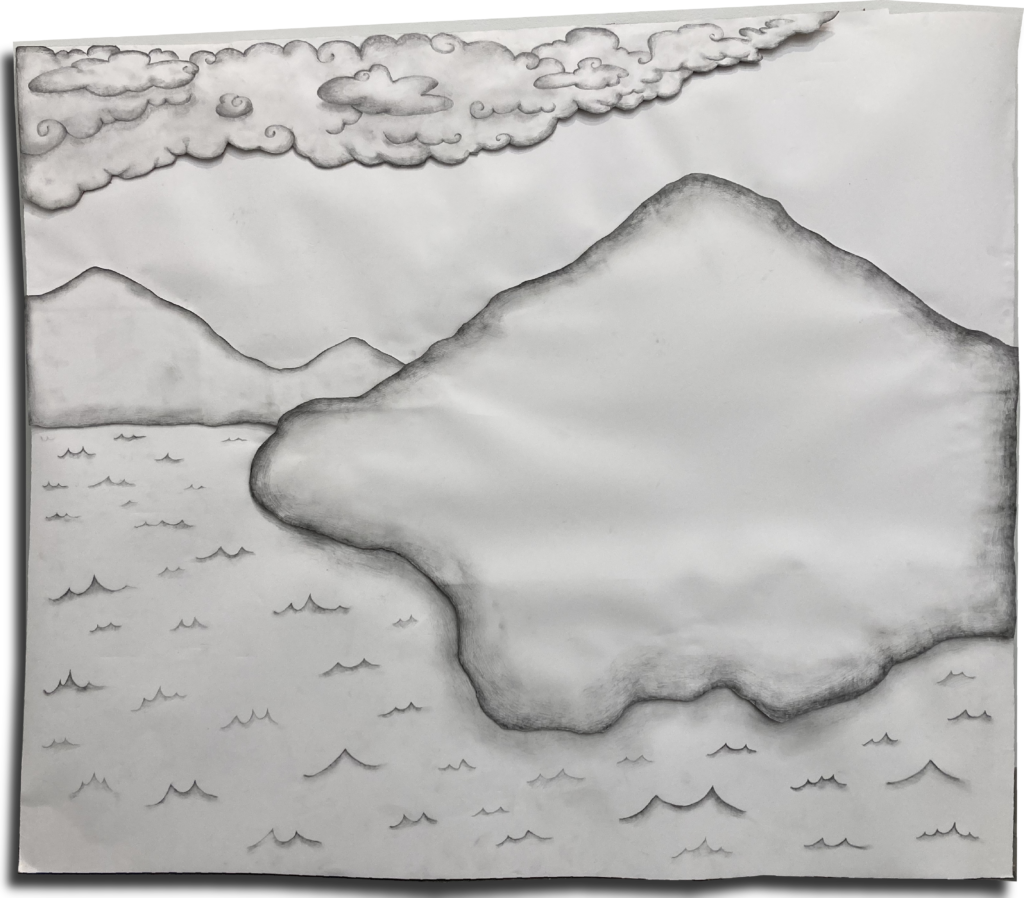

Reused: I made this part out of recycled paper.
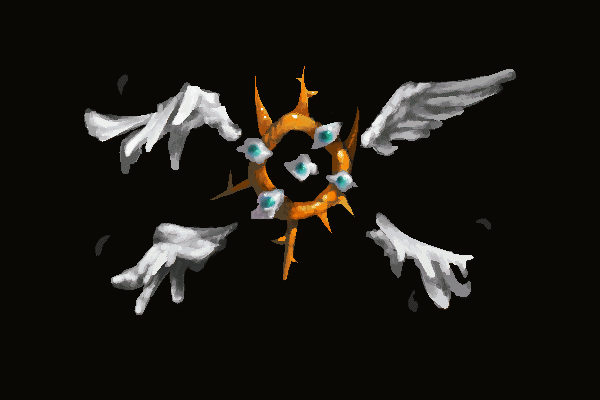
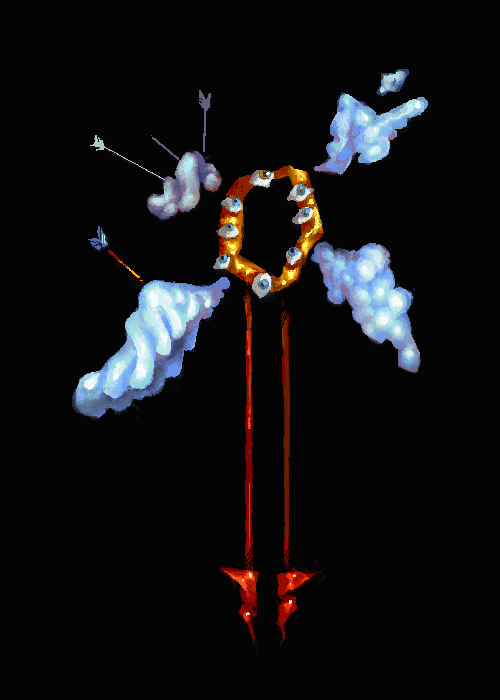
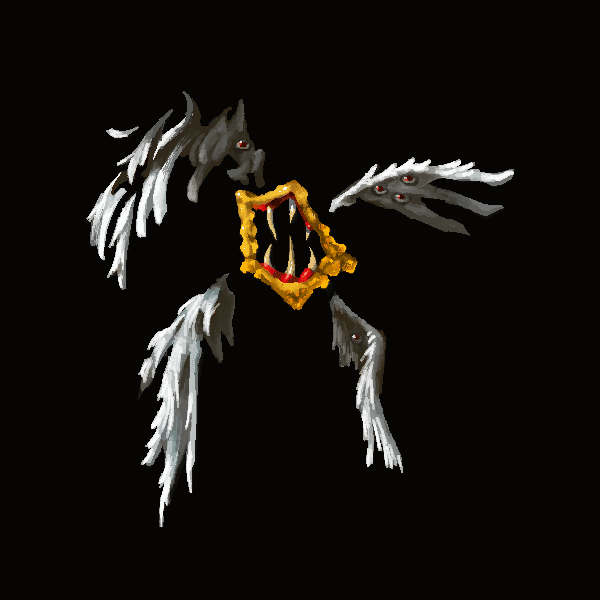
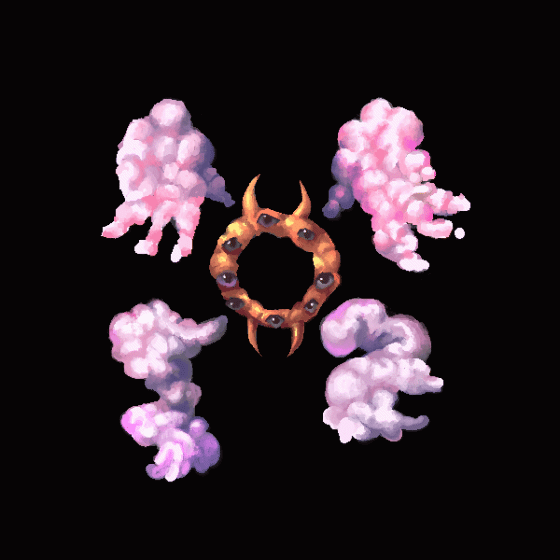
These little fellas are a mix of both angels and demons that are associated with the Bible.
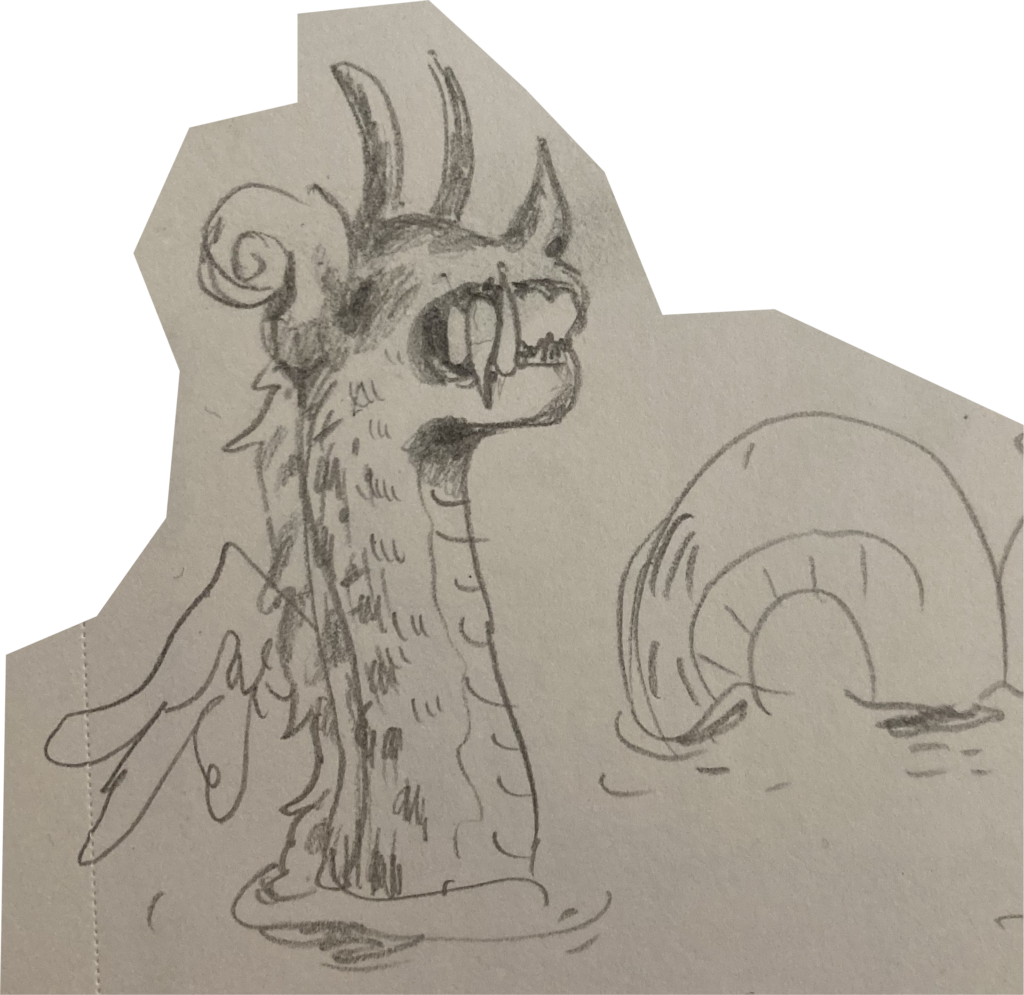
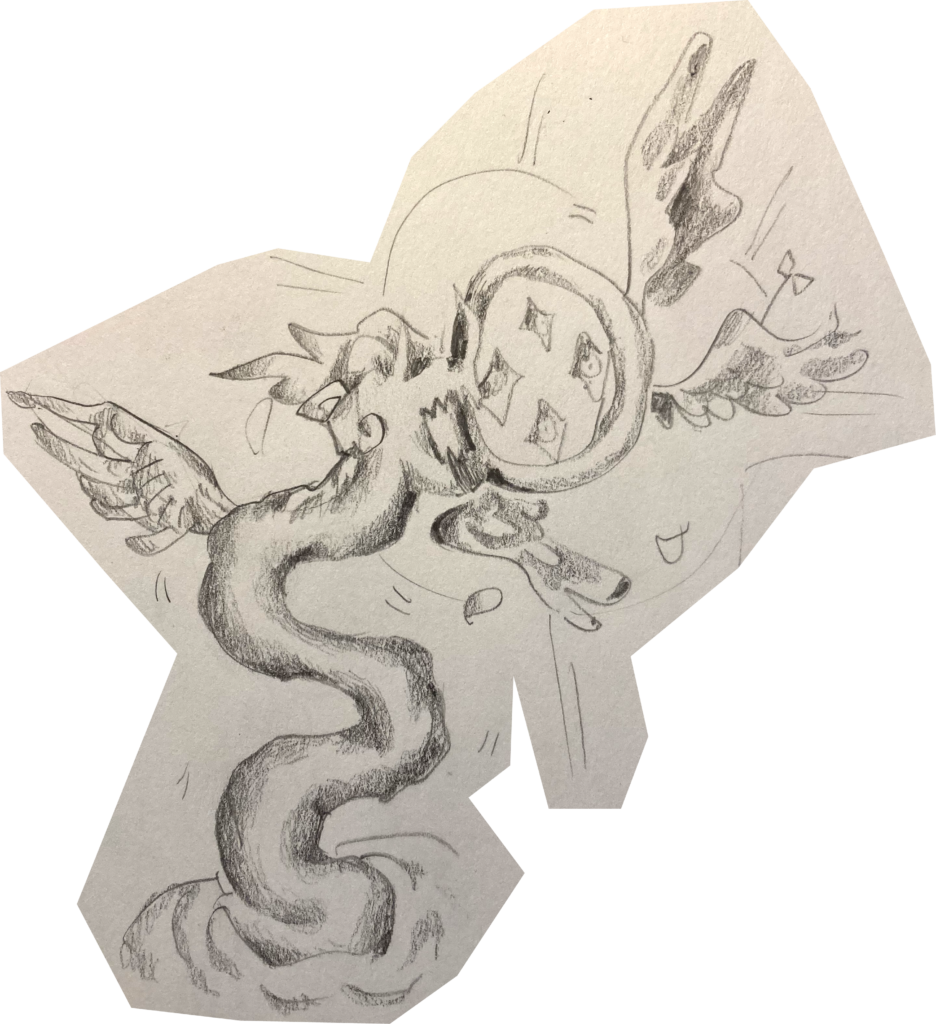
This is the Bakunawa; a serpent-like dragon from Philippine mythology. In some stories, the creature eating the moon is said to be the reason why eclipses happen.
This mythological creature has similarities with other Southeast Asian creatures- which makes sense because of the trading and stuff.
So the modern buildings that show up are based off of real buildings found in the Philippines, and the ships that you see at some point were Spanish ships.
-- thanks for reading about my project--
Some additional materials that helped with that project:
Selected chapters (selected by my teacher) of Decolonizing Methodologies, Research and Indigenous Peoples by Linda Tuhiwai Smith.
Alan Sekula's The Forgotten Space (2010) documentary.
History of the Philippines: From Indios Bravos to Filipinos by Luis H. Francia.
Christina Sharpe’s chapter about weather in her book “In The Wake”; thinking about chance and change, and how water is a life-giving source.
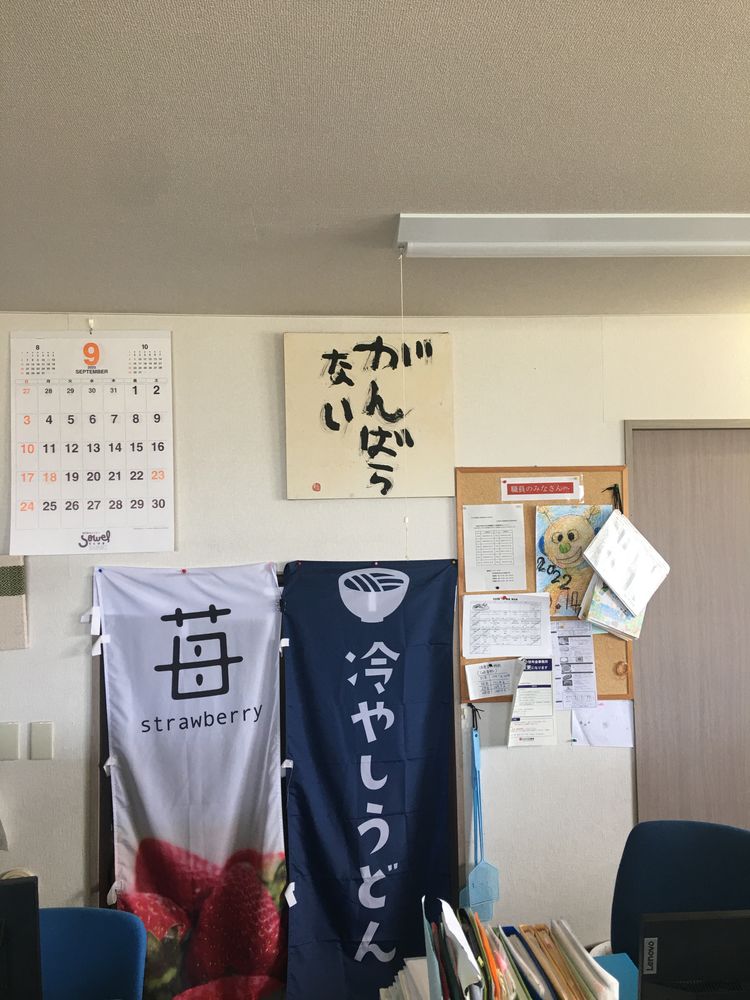
![[Guest Article] On Grossman: How a Pseudoscientist Pushed Our Understanding of Killing Back 20 Years](/content/images/size/w750/2022/09/256297-1330622535.jpeg)